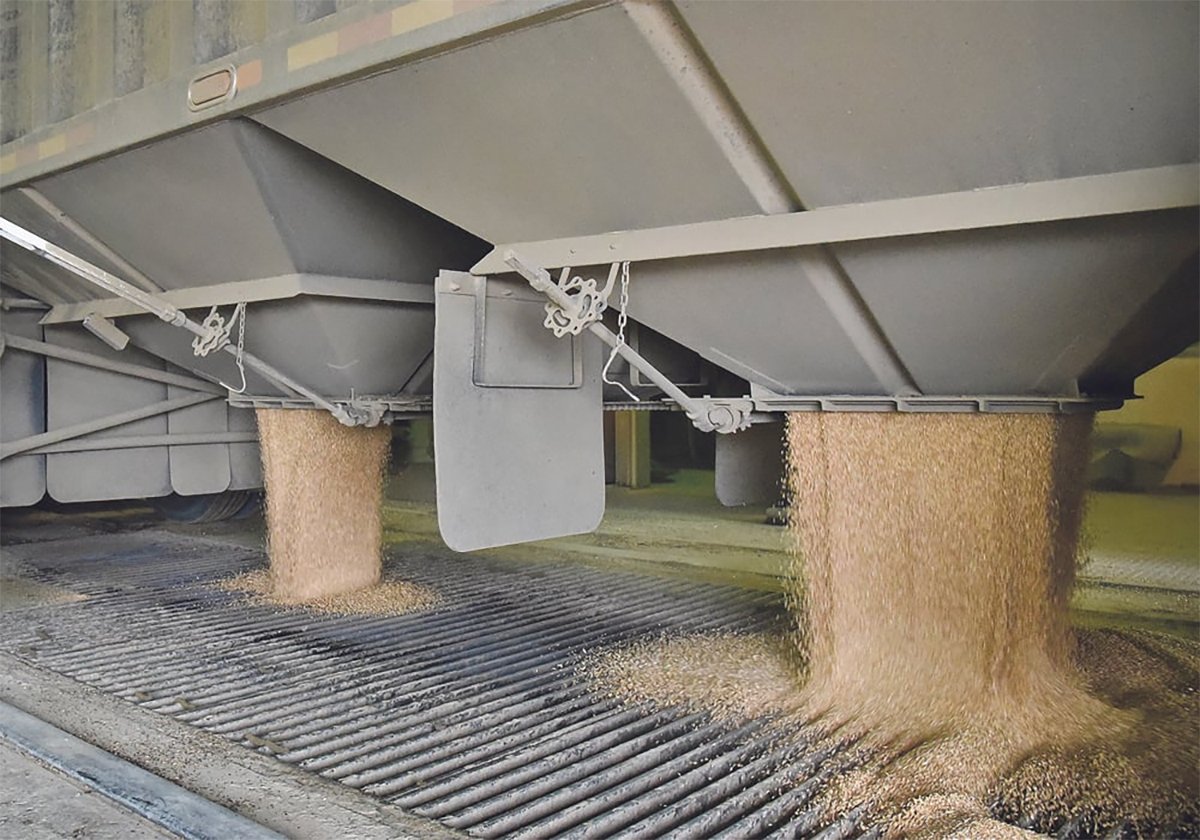Prices had been softening for most of the previous month, but heading into the Labour Day long weekend, the price drops were startling. Canola has been affected by the 75.8 per cent Chinese tariff on seed, but nearly all the other crops are showing a lack of demand in relation to supply.
Official reports such as the one Aug. 28 from Statistics Canada as well as anecdotal reports from producers point to larger production in Western Canada than earlier anticipated. In addition, China has not been buying much grain from Canada or the U.S.
Based on publicly posted prices, yellow peas dropped about 75 cents a bushel in the month of August with green peas down a dollar. Large green lentils are down a whopping 10 cents a pound or $6 a bushel. Red lentils dropped by about four cents a pound in August.
Read Also

Canola or cars? Canada can’t save both
Canola is a winning industry. It feeds the economy, supports thousands of families and helps keep our rural communities alive.
Feed barley was off about 75 cents a bushel, with spring wheat down more than a dollar. Flax dropped about $1.50 a bushel through the month. Harvest pressure on prices is not unusual, but the scope and the magnitude of the decreases has dampened the economic outlook in the grain sector.
Some grain buyers say increased yields will offset the drop in prices and therefore producers should concentrate on the return per acre rather than the price per bushel or tonne. There’s some truth to that, but the price drops have been massive, and many producers will not end up with strong yields.
It’s certainly a year when forward contracting is going to pay big dividends. The starkest example is perhaps large green lentils, which could have been forward contracted at 45 or more cents per pound on the first 600 pounds per acre with an Act of God clause in case of crop failure.
A price of 45 cents on 600 pounds is $270 an acre. Assuming a current price of 27 cents a pound, and that may now be optimistic, that first 600 pounds is worth only $162 an acre — a revenue drop of more than $100 an acre.
Many years, forward contracting can result in prices lower than harvest prices. Not this year. Not unless a massive price recovery occurs.
Meanwhile, many costs are through the roof. The best time to buy fertilizer is often late summer or fall, but instead of prices dropping after seeding, they’ve trended upwards. Very few producers are buying right now with prices of around $850 a tonne being quoted for urea and phosphate approaching $1,300 a tonne. At those prices, less fertilizer will be used.
Harvest is the time of year for combine repairs. Producers legitimately complain about how the price of replacement parts is through the roof. I bought a return elevator chain for an older, secondary combine this year. The price at the dealership would have been $3,000. Going with a generic parts supplier cut the cost to only $550.
Dealerships have to make money. So do manufacturing companies, but many farmers feel gouged, and that feeling only grows stronger as grain prices drop. While repairs are costly, the price of new equipment is simply eye popping.
Perhaps when harvest pressure subsides, grain prices will rebound. Many producers will close their bin doors and hold product in that hope. Others will be compelled to sell for cash flow.
Selling right now is like catching a falling knife.
















